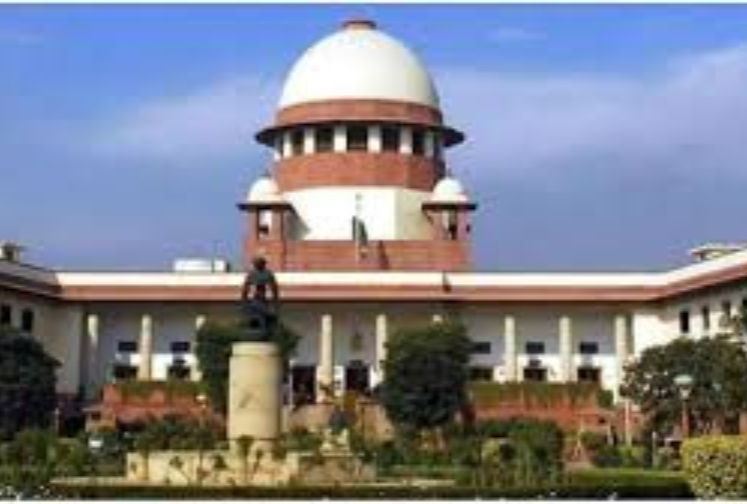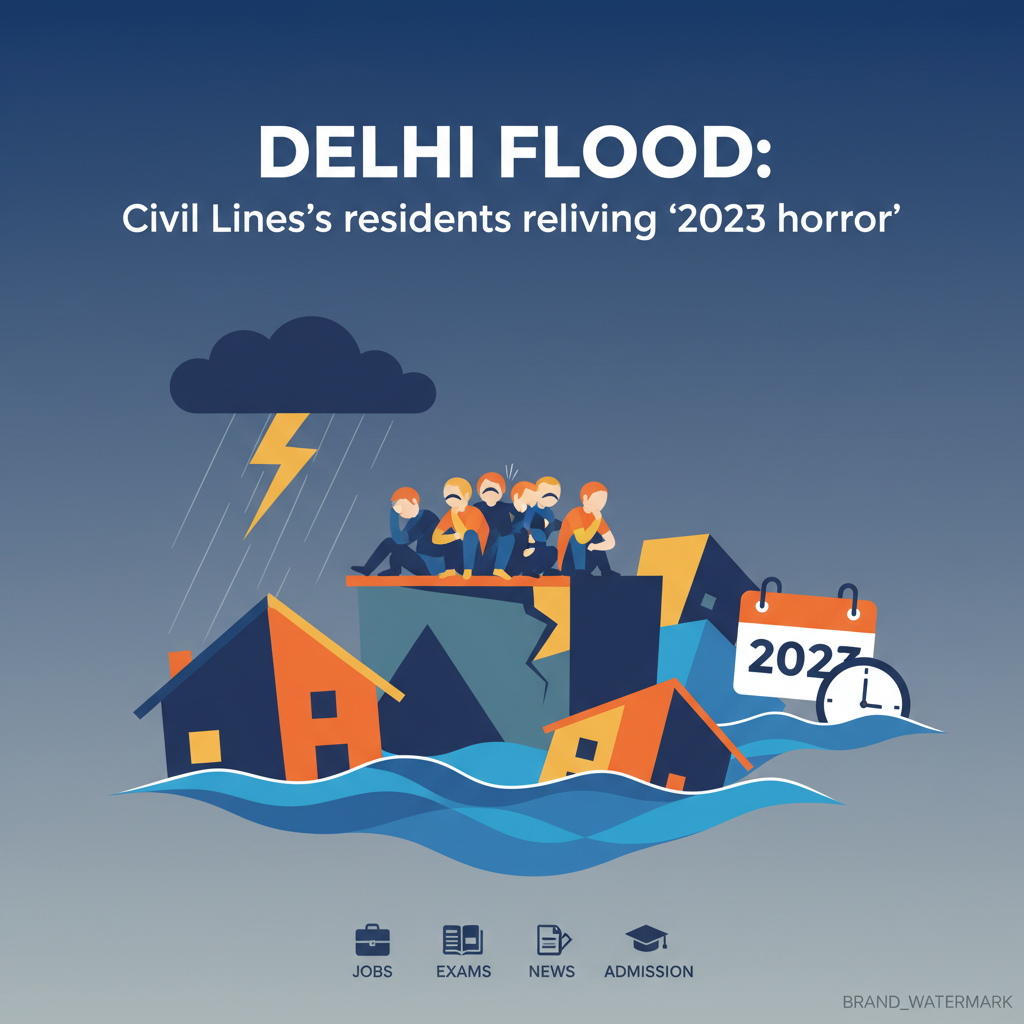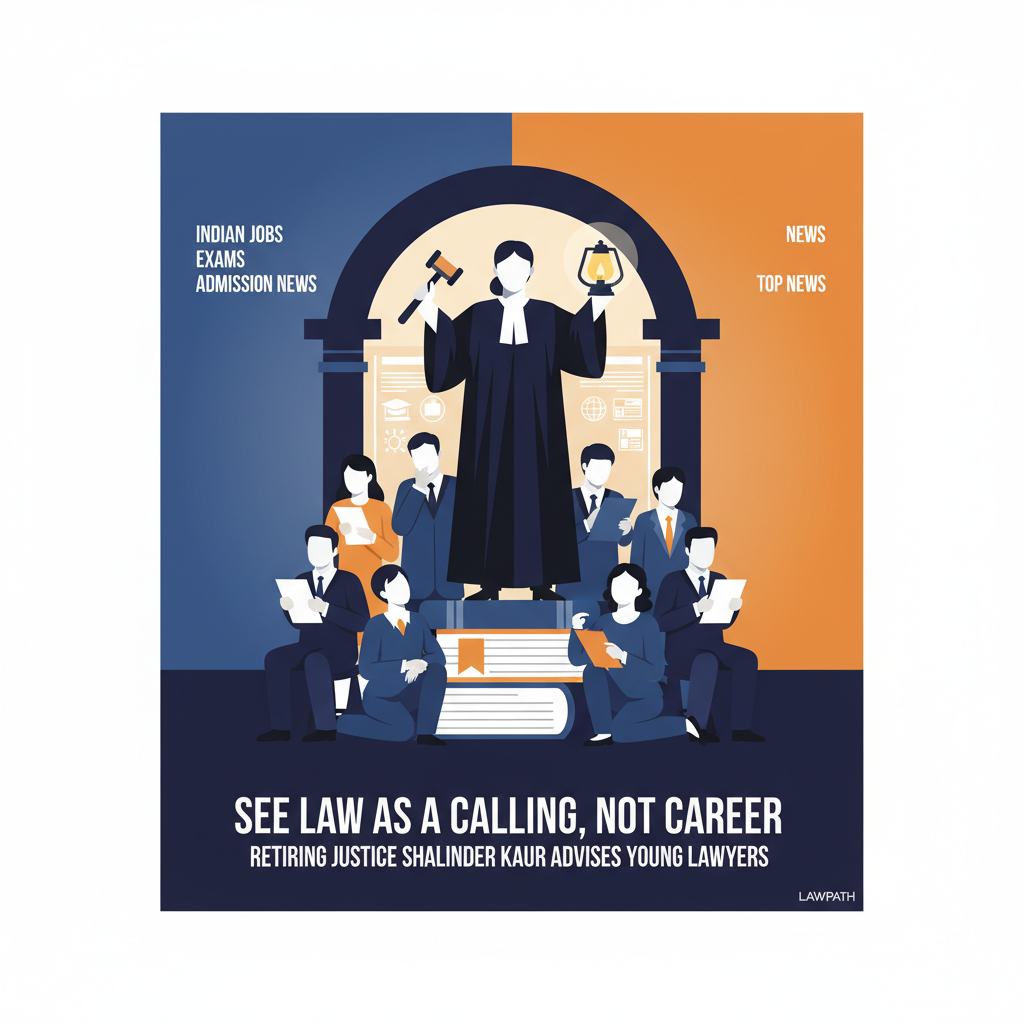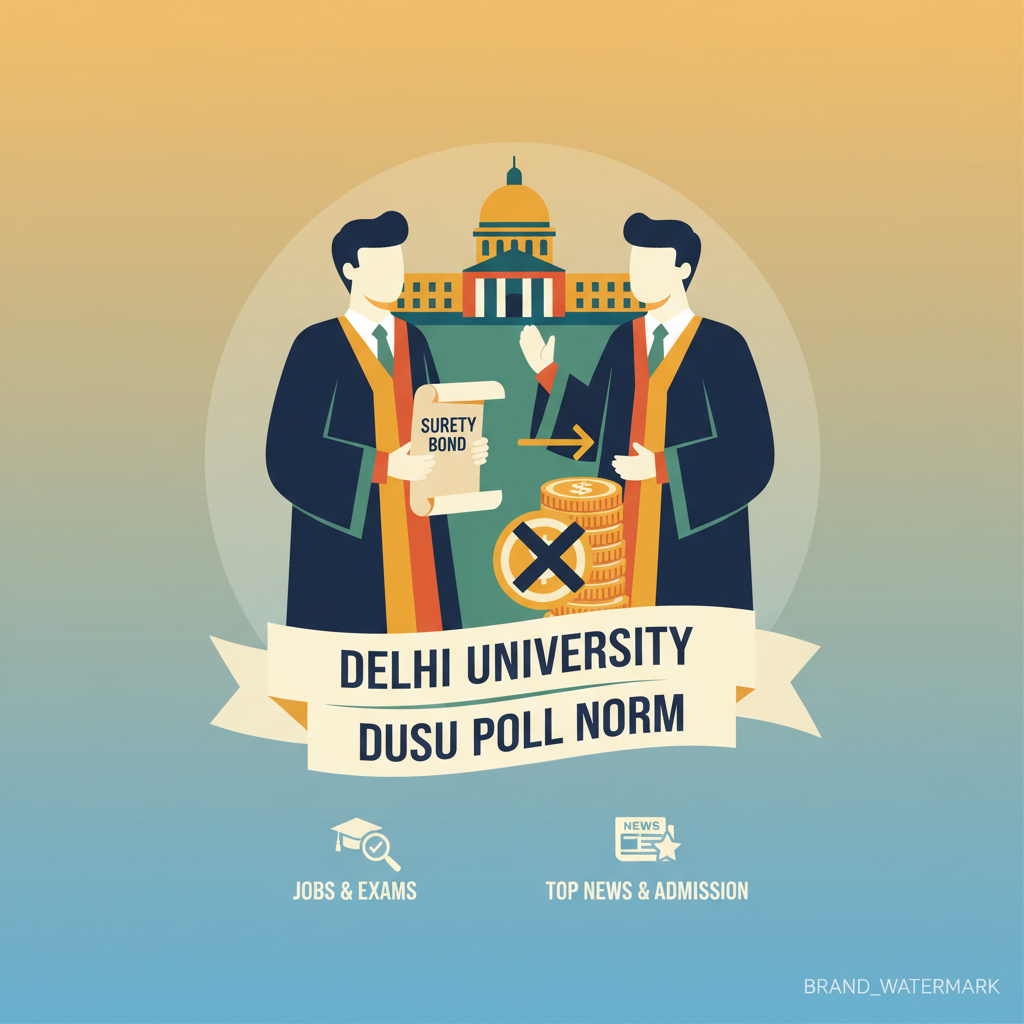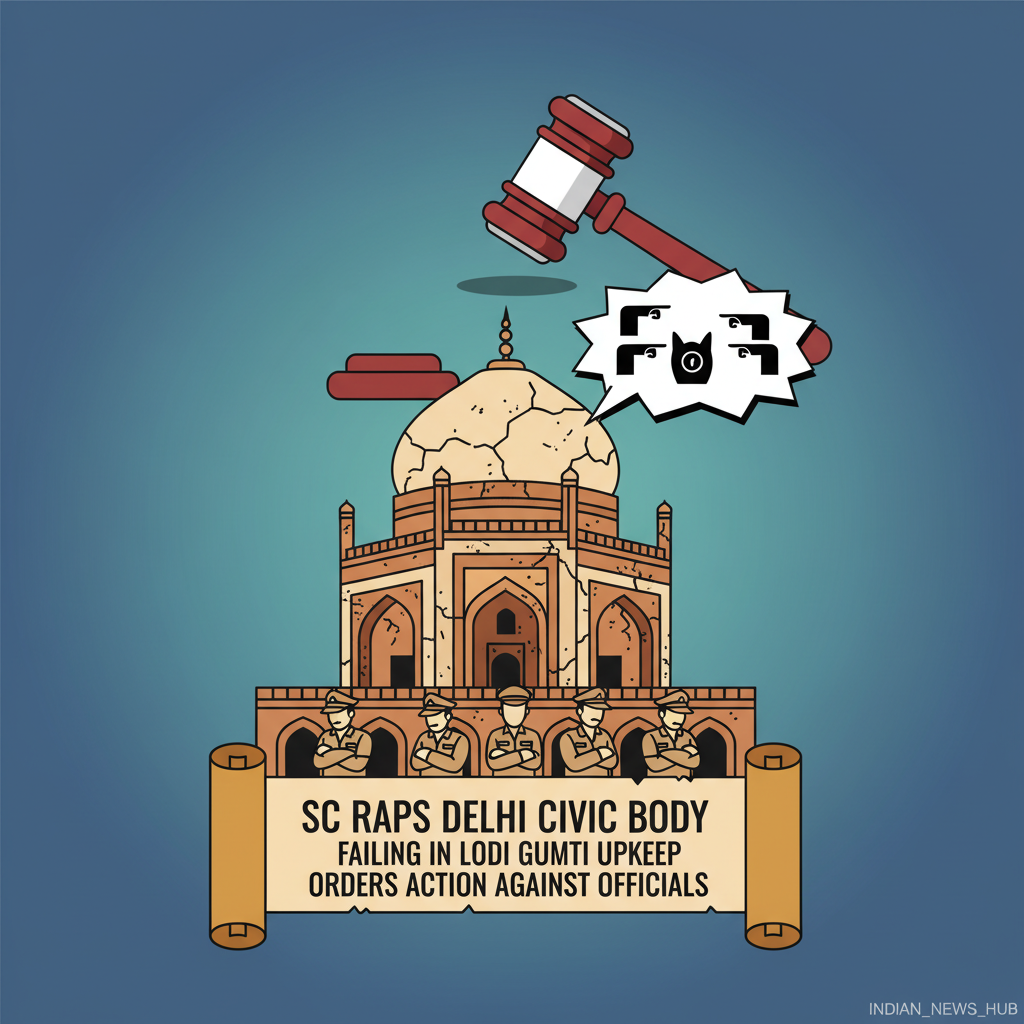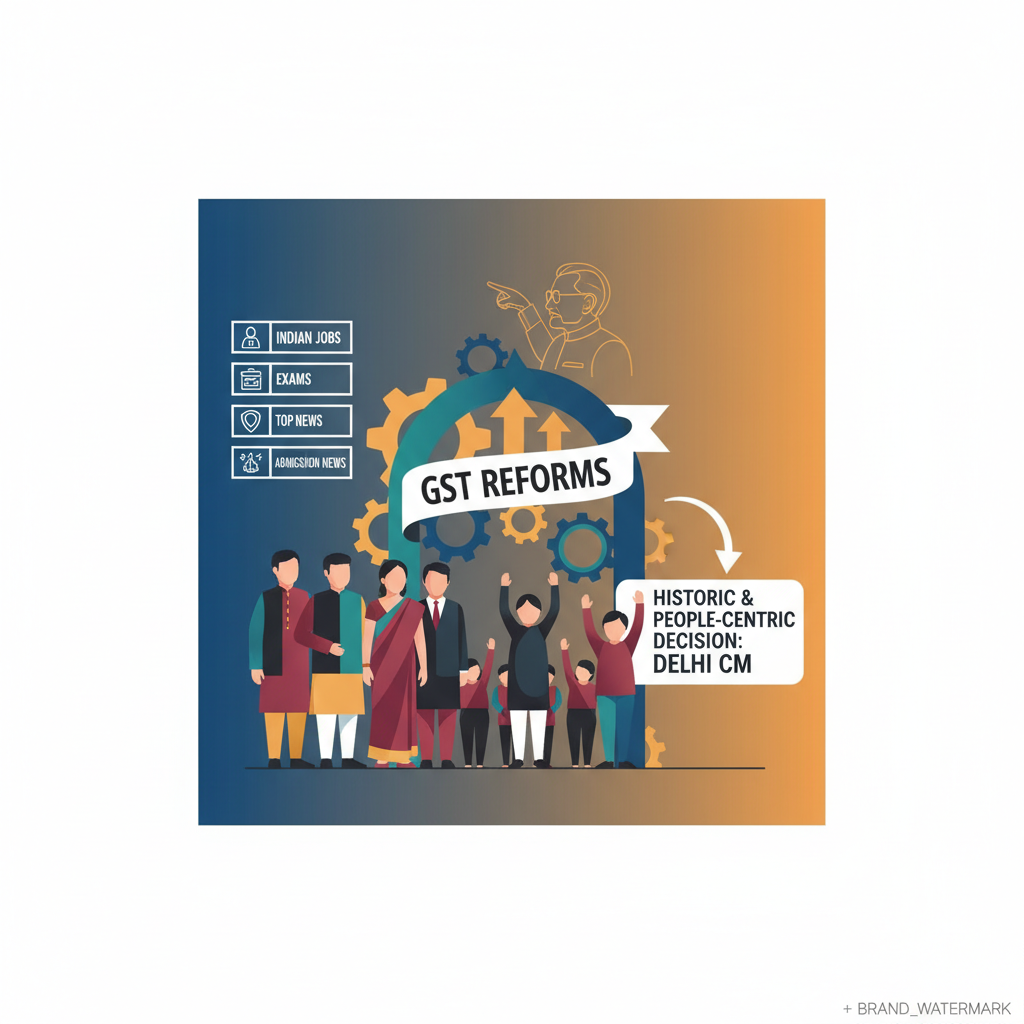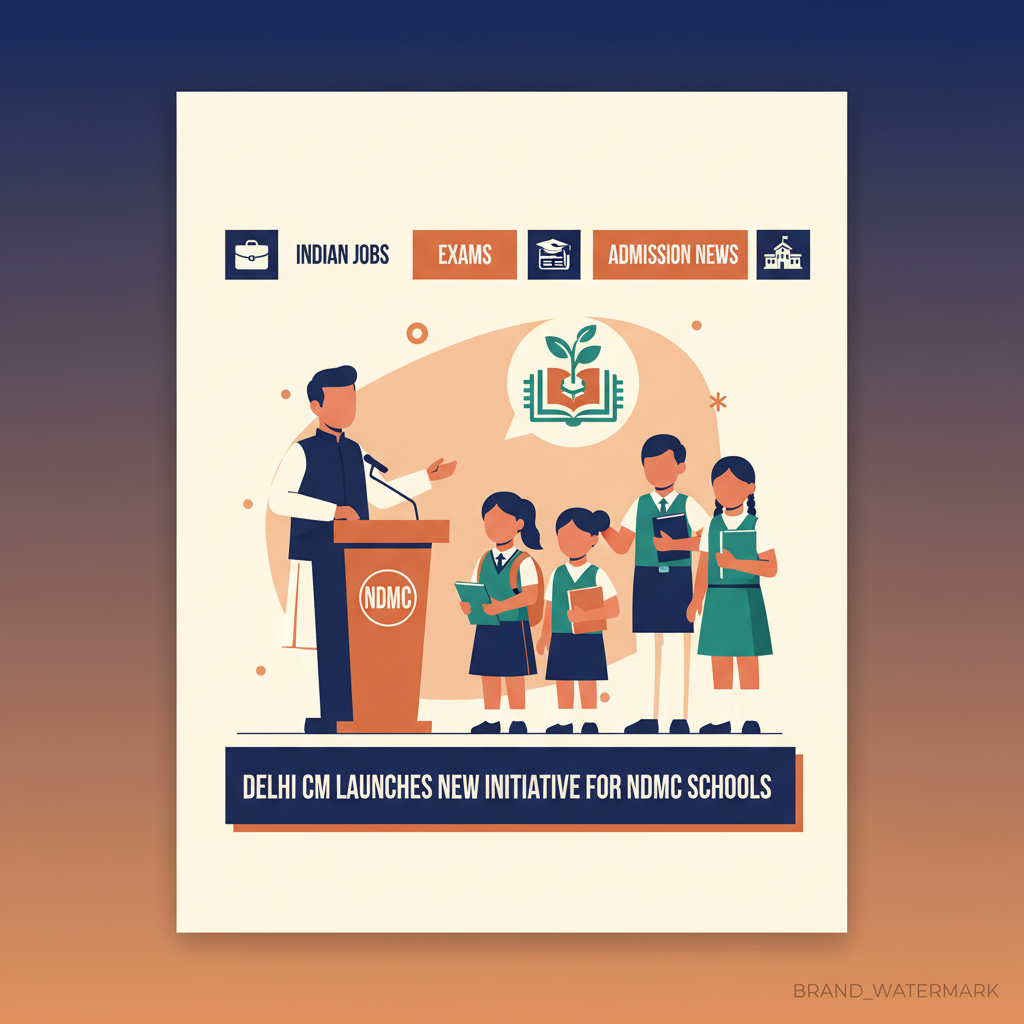“Will You Ban Girls Wearing Bindi or Tilak?” Supreme Court Questions Mumbai College Hijab Ban
NEW DELHI, August 9, 2024 – The Supreme Court of India has partially stayed the enforcement of a hijab ban imposed by a Mumbai college, marking a significant development in the ongoing debate over religious attire in educational institutions. The interim order, issued on Friday, will remain in effect until November 18, 2024, raising critical questions about dress codes and religious freedom in academia.
Supreme Court Stays Mumbai Hijab Ban
- Supreme Court questions selective ban on religious symbols
- Partial stay on hijab ban enforcement until November 18
- Burqas prohibited inside classrooms; religious activities banned on campus
- College allowed to approach court if interim order is misused
Court Challenges Selective Prohibition
The bench, comprising Justices Sanjiv Khanna and Sanjay Kumar, raised pointed questions about the college’s approach to religious symbols.
“Will you ban girls wearing bindi or tilak?” the justices asked, highlighting the seemingly selective nature of the prohibition. This inquiry underscores the court’s concern about potential discrimination in dress code policies.
Justice Kumar further probed, “Can you say someone wearing a tilak will not be allowed? This is not part of your instructions?”
The court’s line of questioning suggests a deeper examination of the consistency and fairness in applying dress codes across different religious symbols.
Balancing Individual Rights and Institutional Regulations
The Supreme Court emphasized the importance of personal choice in attire for female students.
“Girl students must have freedom of choice in what they are wearing and college cannot force them,” the bench stated. This stance reflects an attempt to balance individual rights with institutional regulations.
However, the court also set clear boundaries:
- Burqas cannot be worn inside classrooms
- Religious activities are not permitted on campus
These decisions aim to maintain a secular educational environment while allowing for some religious expression.
College’s Concerns and Court’s Response
The Chembur Trombay Education Society’s NG Acharya & DK Marathe College argued that allowing Muslim female students to wear hijabs could potentially lead to Hindu students donning saffron shawls. The administration cited concerns about political elements exploiting the situation.
In response, the court criticized the college’s sudden awareness of religious diversity, stating, “It’s unfortunate that you suddenly wake up to know that there are many religions in the country.”
This remark highlights the court’s expectation for educational institutions to be proactively aware and accommodating of India’s diverse religious landscape.
Case Background & Legal Journey
The controversy began on May 1, 2024, when the college issued a notice banning the wearing of hijab, niqab, burqa, caps, badges, and stoles on its premises. Nine female science students challenged this directive, arguing it violated their fundamental rights, including:
- Right to practice their religion
- Right to privacy
- Right to choice
The students initially sought resolution through:
- College management
- University authorities
- Bombay High Court
On June 26, 2024, the Bombay High Court upheld the college’s decision, stating that the dress code did not infringe upon students’ fundamental rights and was intended to maintain discipline.
Implications and Future Outlook
This interim order adds another chapter to the ongoing national debate on religious attire in educational institutions, reminiscent of the 2022 hijab controversy in Karnataka. The court’s decision reflects an attempt to balance religious freedom with educational norms.
As the case progresses, it will be closely watched by:
- Educational institutions
- Policymakers
- Civil rights advocates
The final verdict, expected after November 18, could have far-reaching implications for dress code policies in educational institutions nationwide.
The Supreme Court has granted liberty to the Mumbai college to approach the court in case of any misuse of the interim order, ensuring a mechanism for addressing potential issues arising from the stay.
This case continues to highlight the complex interplay between religious freedom, educational policies, and constitutional rights in India’s diverse social fabric. As the nation awaits the final judgment, the debate over balancing individual religious expression with institutional uniformity remains at the forefront of public discourse.
News:
- Supreme Court to Hear NEET-PG 2024 Postponement Plea Tomorrow Amid Logistical Issues & Leak Rumors
- Supreme Court to Review Plea Challenging Bombay High Court Ruling on Hijab Ban in Mumbai College
- NEET UG 2024: Supreme Court Upholds Exam Integrity, Validates Government’s Stance Amid Allegations
- Bihar Reservation Policy Faces Supreme Court ( SC )Roadblock: 65% Quota Expansion Halted Amidst Legal Battle

